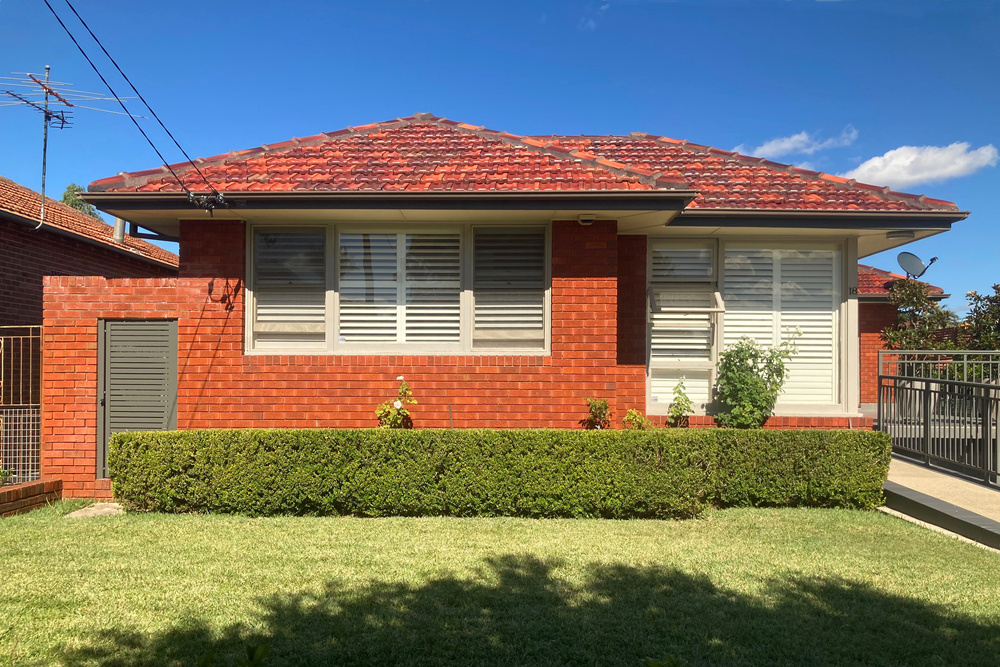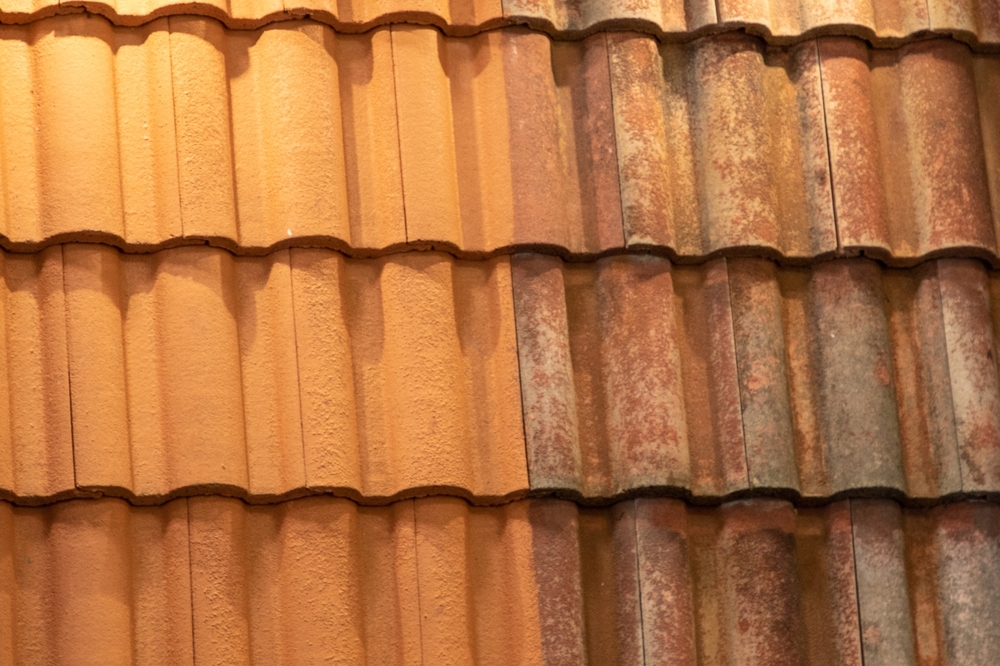
May
7 Facts to Know Before Starting a Roof Restoration
A roof restoration can breathe new life into your home, improving curb appeal, boosting property value, and protecting against the elements. But before you schedule the job, it’s important to understand what roof restoration involves and why it's not a one-size-fits-all solution.
What is roof restoration? It’s a comprehensive process that goes well beyond a surface clean or paint job. Roof restoration typically includes inspecting the roof, repairing damage, replacing broken tiles or sheets, resealing surfaces, repainting where needed, and applying weatherproof coatings. Done right, it can significantly extend the life of your roof at a fraction of the cost of a full replacement.
To help you avoid common pitfalls, here are seven essential facts every homeowner should know before starting a roof restoration.
1. Not All Roofs Qualify for Restoration
Before you get too far into planning, it’s critical to assess whether your roof is a good candidate for restoration. Structurally unsound roofs, with extensive water damage, sagging trusses, or severely corroded sheeting, may require full replacement instead.
While tile roof restoration is suitable for many older roofs, especially concrete or cement tile roofs, a professional inspection can help you determine if the underlying structure is solid enough to restore.
Key tip: If your roof is over 30 years old and has had multiple leaks or repairs in the past, replacement might be a better long-term investment. On the other hand, if the damage is mostly cosmetic or minor, a well-done restoration could give you another 10 to 15 years of life.
2. Restoration Is More Than Just Cleaning or Painting
Homeowners are sometimes surprised to learn that the roof restoration process includes far more than a surface refresh.
Here’s what roof restoration includes:
- Thorough cleaning with a high-pressure washer to remove dirt, moss, lichen, and debris
- Replacing broken or cracked tiles or sheets
- Repointing and rebedding ridge caps (especially for tiled roofs)
- Repairing flashing and sealing penetrations
- Applying primer and protective coatings to improve durability
- Optional repainting for improved appearance and UV protection
Whether it’s cement tile roof restoration or restoring a metal sheet roof, the process is designed to both enhance appearance and improve performance. A well-executed restoration does more than look good; it helps prevent leaks, resist weather damage, and improve thermal performance.
3. A Roof Inspection Is the First Essential Step
You can't plan a proper restoration without knowing the current condition of your roof. That’s why a professional roof inspection is step one.
Qualified roofing experts will check for:
- Cracked or missing tiles
- Corroded flashing or gutters
- Soft spots or sagging areas
- Water damage beneath the surface
- Poor drainage or ponding
- Signs of mould, rot, or rust
This assessment forms the basis of your restoration plan. It also prevents surprises mid-project, such as discovering major structural issues that could halt work or increase costs.
Remember: a DIY inspection or drone photo can’t reveal underlying issues. Getting a licensed roofer to do a full inspection is worth the investment and often necessary for accurate quoting.
4. Restoration Can Be More Cost-Effective Than Roof Replacement
One of the biggest reasons homeowners choose roof restoration over replacement is the cost. If you’re wondering how much does roof restoration cost, the answer is it depends on the size, pitch, material, and condition of your roof.
On average in Australia, tile roof restoration costs range from $4,500 to $20,000, depending on complexity and scope. Compare that to a full roof replacement, which can cost from $12,000 to $120,000, and it’s easy to see why restoration is appealing.
Roof restoration in Australia is often eligible for home improvement financing, and some restorations may even help lower insurance premiums if they improve the condition of the roof.
5. Weather and Timing Play a Big Role
Timing your roof restoration is critical for success. The roof needs to be clean, dry, and free of environmental debris before coatings can be applied. That’s why dry seasons like autumn and winter are the ideal time to schedule work.
Moisture, rain, or high humidity can:
- Delay work schedules
- Prevent sealants from curing properly
- Trap water under coatings and lead to blistering
- Create safety issues for workers
If you're in Queensland, plan around the wet season. If you book your job in advance, many contractors can lock in a time that avoids weather risks.
6. Professional Experience Makes a Big Difference
A roof tile restoration should be left to experienced professionals. This isn't just about convenience, it’s about safety, quality, and compliance with local building codes.
Professionals bring:
- Licensing and insurance
- Knowledge of roofing systems and materials
- High-grade tools and safety gear
- Quality guarantees and warranties
Choosing the cheapest quote may seem cost-effective upfront, but poor workmanship can lead to peeling paint, cracked tiles, or worse, leaks and costly rework.
Ask your roofer:
- How many similar restorations have they completed?
- Can they show examples of past roof restoration projects?
- What kind of warranty do they offer on materials and labour?
Working with the right team ensures your concrete tile roof restoration or metal roof job stands the test of time.
7. Regular Maintenance Will Extend the Life of the Restoration
Once your roof has been restored, protecting your investment is crucial. Regular maintenance will keep your roof looking and performing like new.
Here are a few proactive steps:
- Schedule annual inspections to catch minor issues early
- Clean gutters regularly to prevent water build-up
- Check for cracked tiles after storms
- Remove moss and debris before they degrade coatings
- Trim overhanging trees to minimise leaf litter and branch damage
Summing Up
Roof restoration can extend the life of your existing roof by a decade or more, enhance its appearance, and save you thousands compared to full replacement. It’s a smart move for many homeowners, provided your roof is in restorable condition and you hire professionals who follow a thorough process.
If you’re considering roof restoration in Australia, we recommend starting with a professional roof inspection. Our experienced team can evaluate your roof’s condition, provide a transparent quote, and guide you through the entire roof restoration process.
Contact us today to schedule your inspection and see what a professionally restored roof can do for your home.



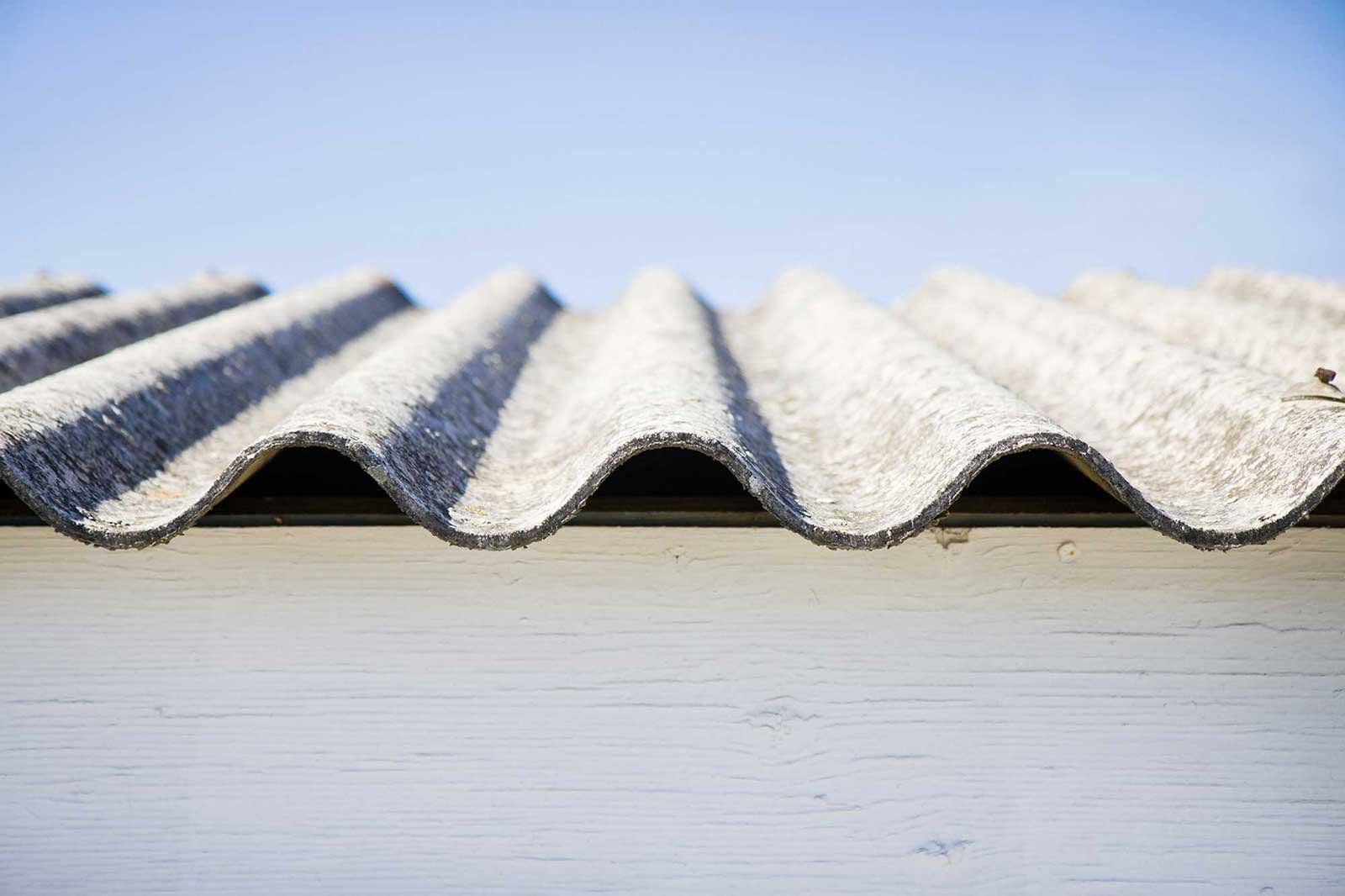






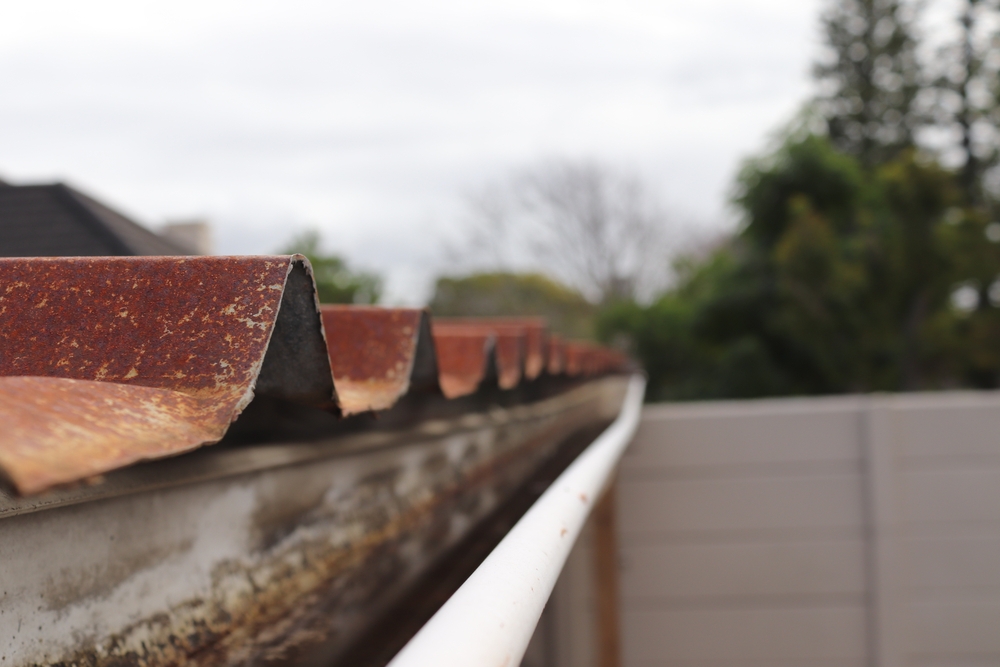

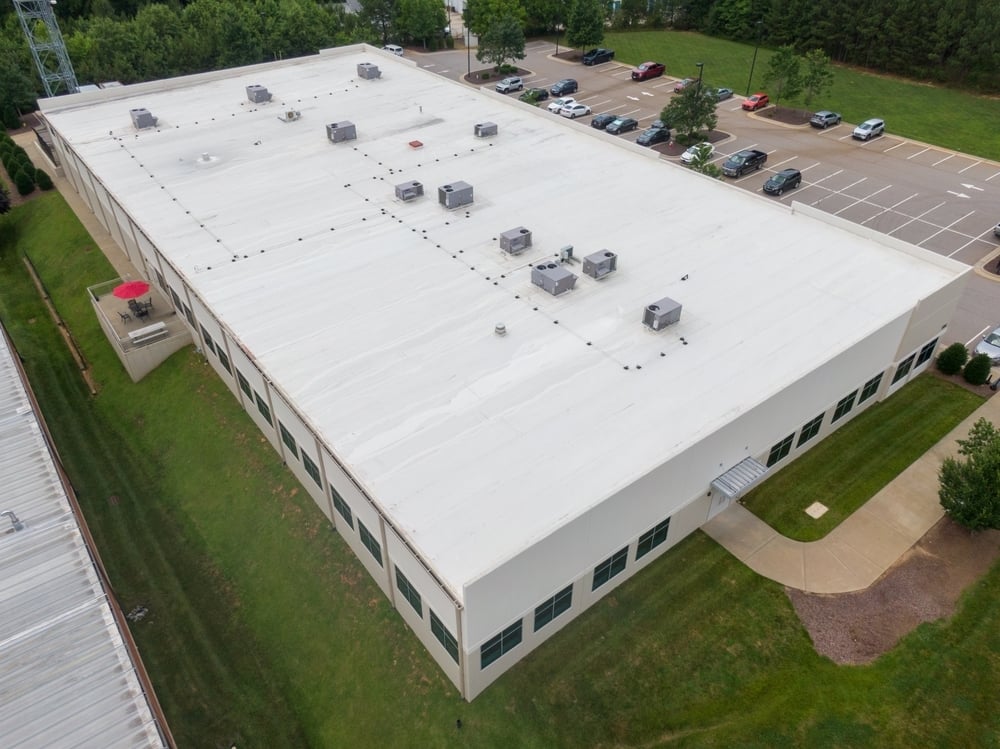
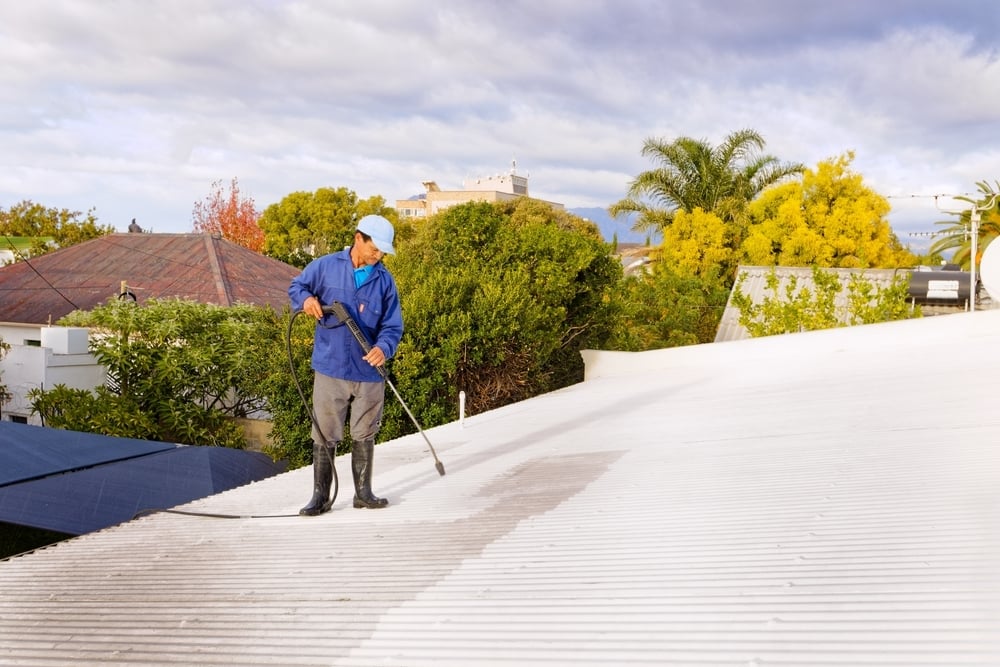
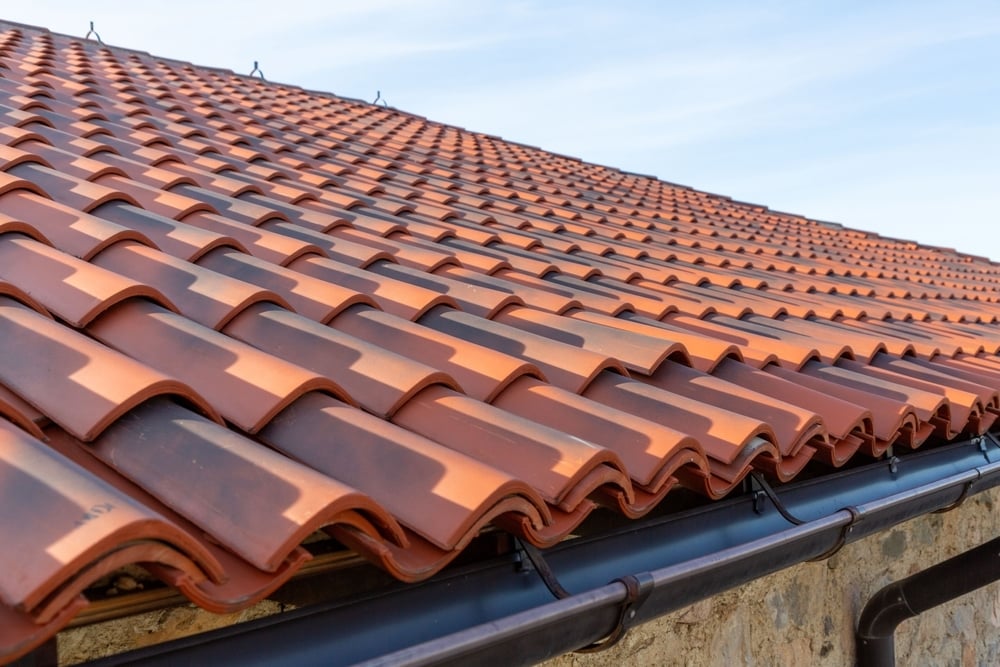
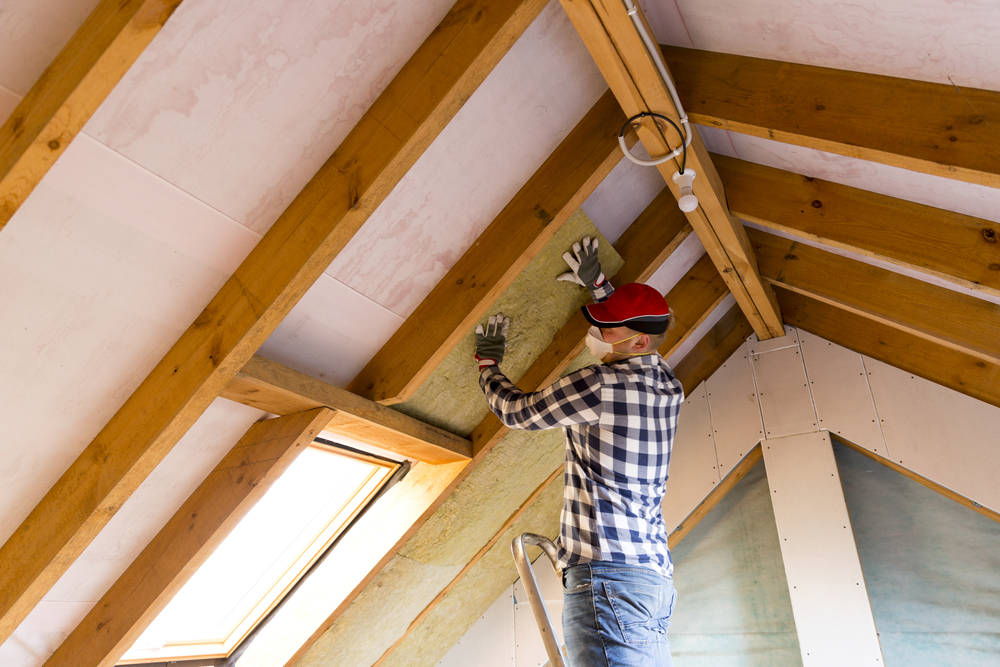
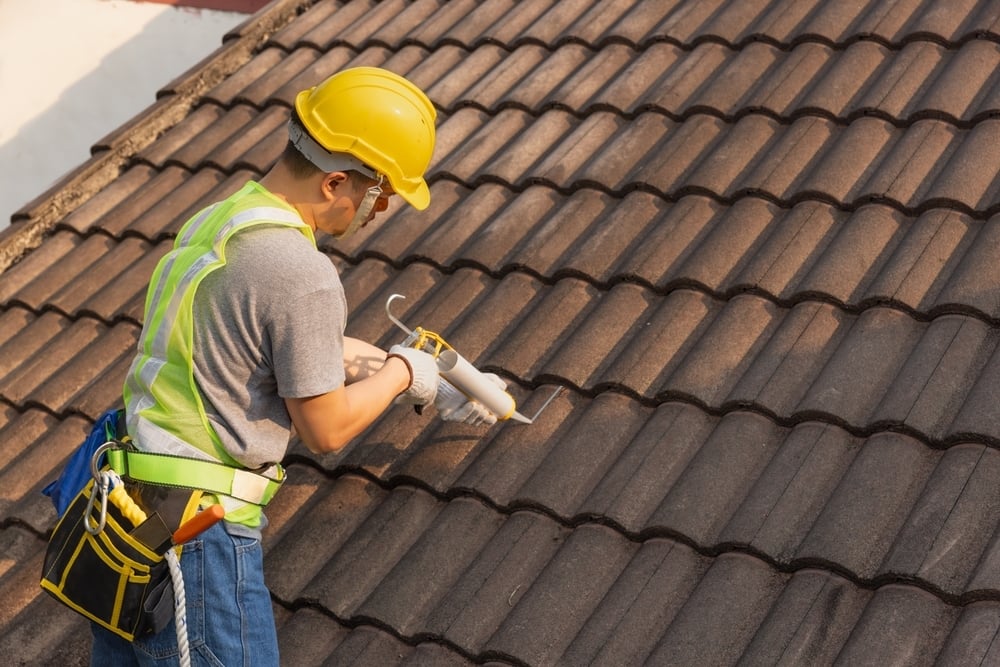
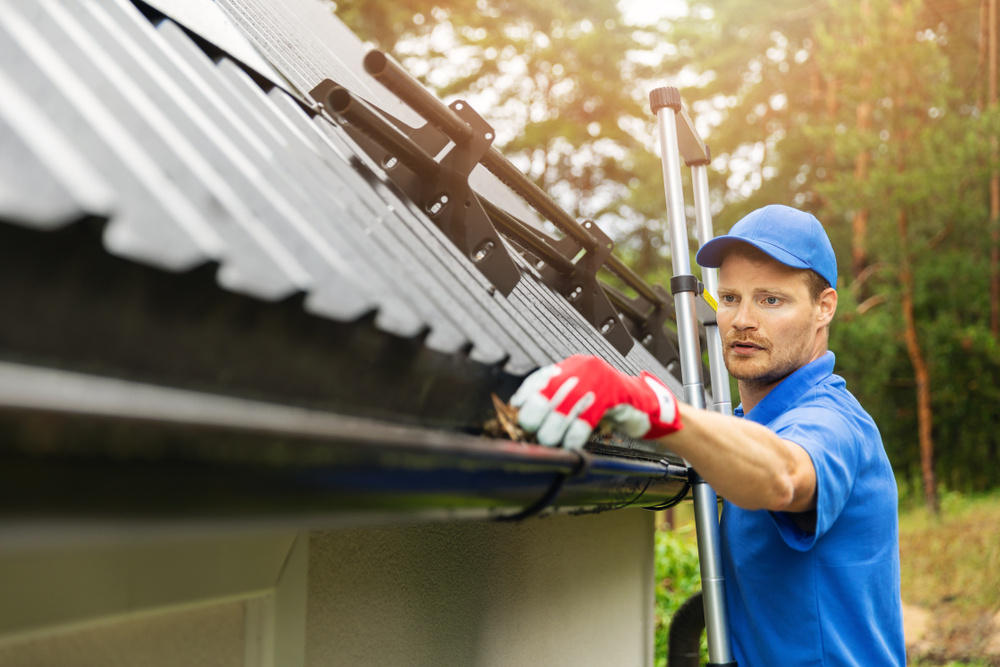

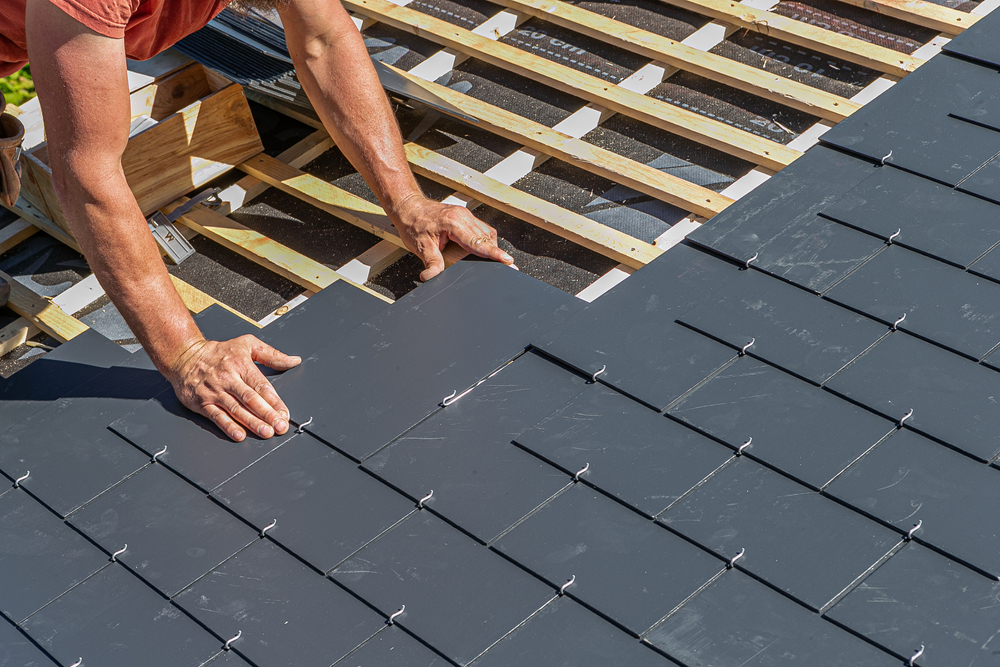

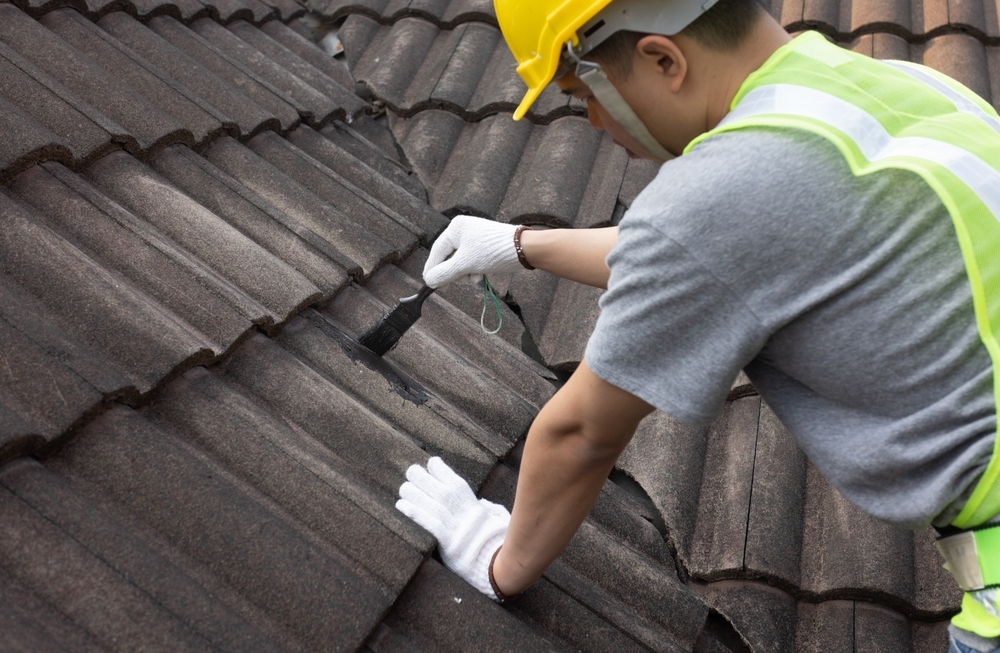
.jpg)
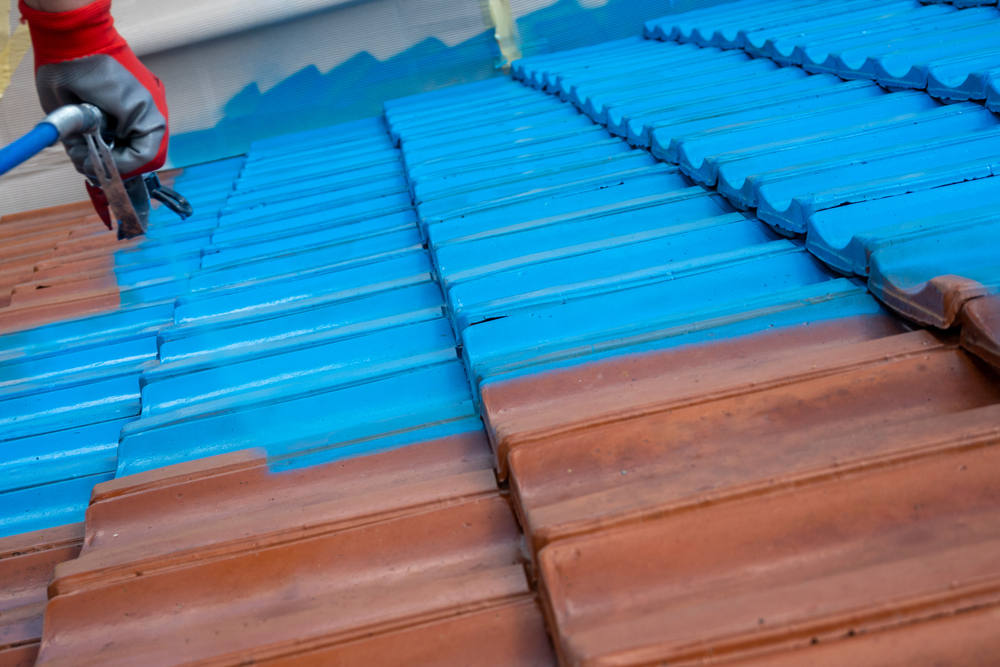
.jpg)
